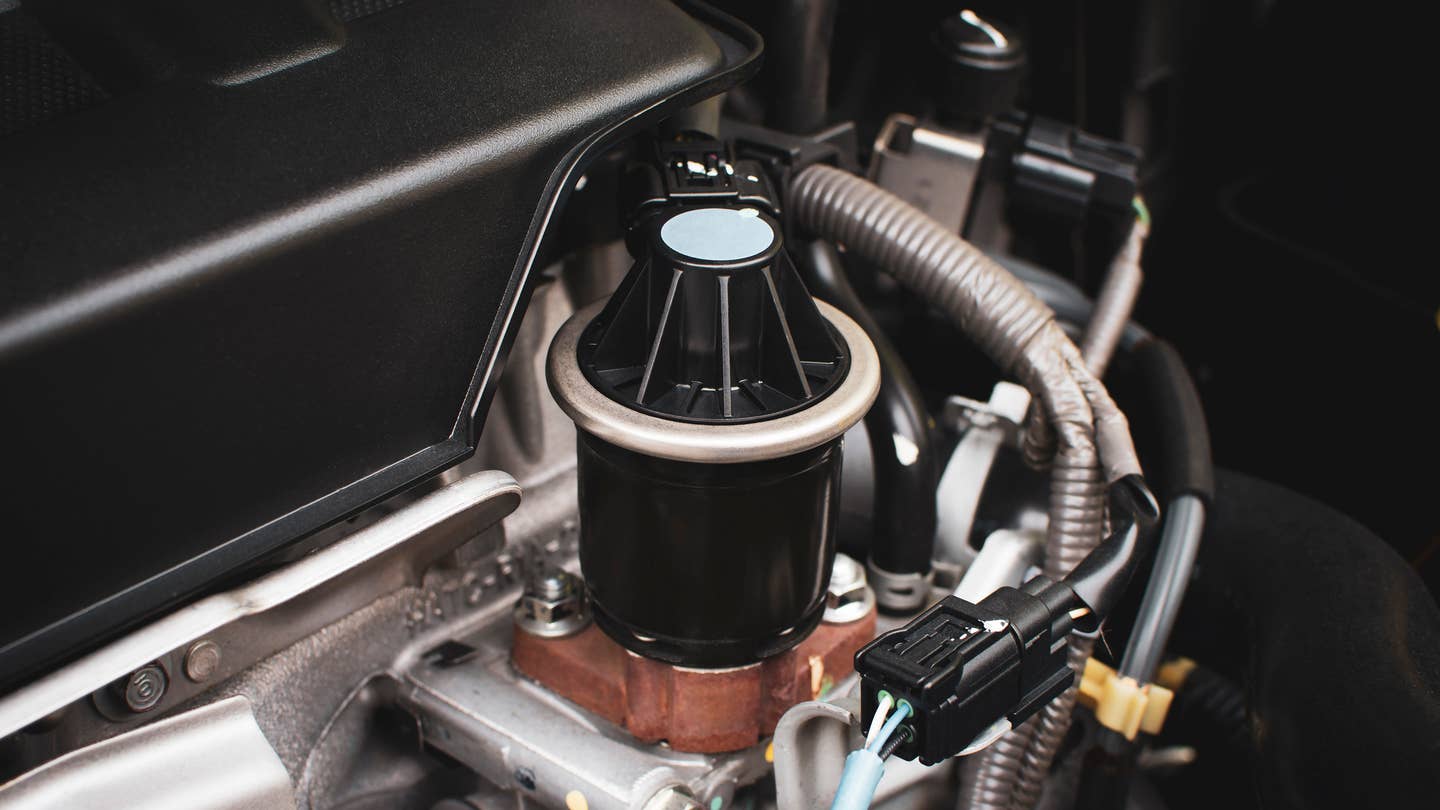What Is An EGR System?
As concerns about automotive emissions and their impact on the environment continue to grow, various technologies have been developed to reduce the pollutants released by vehicles. One such technology is the exhaust gas recirculation (EGR) system, a crucial component in modern vehicles that helps control emissions and improve fuel efficiency.
This blog post delves into what an EGR system is, how it works, its benefits, common issues, maintenance tips, and its role in contemporary and future automotive technology.

What Is An EGR System?
The exhaust gas recirculation (EGR) system is an integral part of a vehicle’s emission control system. It was introduced as a method to reduce nitrogen oxide (NOx) emissions, which are harmful pollutants produced during the combustion process in internal combustion engines. NOx gases contribute to air pollution and are known to cause respiratory problems and other health issues. The EGR system helps to mitigate these emissions by recirculating a portion of the engine's exhaust gases back into the intake manifold and mixing them with the incoming air and fuel mixture.
The concept of EGR dates back to the 1970s, when stricter emission regulations prompted the need for better pollution control technologies. Since then, EGR systems have evolved significantly, becoming more efficient and reliable.

Understanding the EGR system's operation involves looking at its key components and the process of exhaust gas recirculation.
Components of an EGR System:
- EGR Valve: The heart of the system, controlling the flow of exhaust gases into the intake manifold.
- Control Solenoids: electronic devices that manage the opening and closing of the EGR valve.
- Sensors: Monitor engine parameters such as temperature and pressure to optimize EGR operation.

The Process:
- Exhaust Gas Flow: A portion of the exhaust gases are diverted from the exhaust manifold.
- EGR Valve Operation: The EGR valve, controlled by the engine's computer system, opens to allow the exhaust gases to enter the intake manifold.
- Mixing with Intake Air: The exhaust gases mix with the fresh air entering the engine.
- Dilution and Combustion: This diluted mixture, containing less oxygen, burns at a lower temperature, reducing NOx formation.
There are different types of EGR systems, including vacuum-operated systems, which are more common in older vehicles, and electronic EGR systems, which are prevalent in modern cars due to their precision and reliability. Diesel engines often have specialized EGR systems that handle higher soot and particulate matter levels.
The EGR system provides several key benefits, making it an essential component of modern internal combustion engines.
- Reduction in NOx Emissions: By lowering the combustion temperature, the EGR system significantly reduces the formation of nitrogen oxides, helping vehicles meet stringent emissions regulations.
- Improvement in Fuel Efficiency: By recirculating exhaust gases, the EGR system can improve the engine's thermal efficiency, leading to better fuel economy under certain conditions.
- Compliance with Environmental Standards: The adoption of EGR systems helps manufacturers comply with environmental laws and standards, contributing to cleaner air and reduced public health risks.
Despite its benefits, the EGR system can encounter issues that affect engine performance and emissions.
Common Problems:
- Clogging: Over time, carbon deposits can build up in the EGR valve and passages, leading to restricted flow and poor performance.
- Valve Failure: The EGR valve can fail mechanically or electronically, causing it to stick open or closed.
- Sensor Issues: Faulty sensors can send incorrect information to the engine control unit, disrupting EGR operation.
Symptoms of a Faulty EGR System:
- Reduced engine performance.
- Increased emissions.
- Rough idling or stalling.
- Check engine light activation.

Maintenance Tips:
- Regular Cleaning: Periodically clean the EGR valve and passages to prevent carbon buildup.
- Timely Replacements: Replace the EGR valve and related components as recommended by the vehicle manufacturer.
- Diagnostic Checks: Use diagnostic tools to monitor the EGR system's performance and identify issues early.
The evolution of EGR technology has led to its integration with other emission control technologies in modern vehicles. For example, diesel particulate filters (DPF), selective catalytic reduction (SCR), and catalytic converters work alongside EGR systems to reduce various pollutants.
Recent advancements in EGR technology focus on improving efficiency and reliability. For instance, low-pressure EGR systems, which recirculate exhaust gases after they pass through the DPF, are being used in some diesel engines to further reduce NOx emissions.
Looking ahead, the future of EGR systems involves continued innovation. Researchers are exploring ways to enhance EGR system performance, such as using advanced materials to reduce wear and tear and integrating EGR systems with advanced engine management systems for better control and optimization.
What does EGR stand for?
EGR stands for exhaust gas recirculation.
What is the purpose of an EGR system?
The primary purpose of an EGR system is to reduce nitrogen oxide (NOx) emissions from internal combustion engines by recirculating a portion of the engine's exhaust gas back to the engine cylinders.
Why is it important to reduce NOx emissions?
Reducing NOx emissions is important because NOx gases contribute to air pollution, forming smog and acid rain, and can lead to respiratory problems in humans.
How does the EGR valve function?
The EGR valve controls the flow of exhaust gases from the exhaust manifold to the intake manifold. It opens and closes based on signals from the engine control unit (ECU) to regulate the amount of recirculated gases.
The EGR system is vital for reducing vehicle emissions and improving fuel efficiency by recirculating exhaust gases. Understanding its operation, benefits, and maintenance can help keep your vehicle running smoothly and sustainably. Regular checks and timely repairs ensure the EGR system functions effectively, contributing to cleaner air and compliance with environmental standards. Stay informed and proactive to support a healthier environment.
Click on the following link to read another blog post: How Do Yellow Off Road Lights Work?











